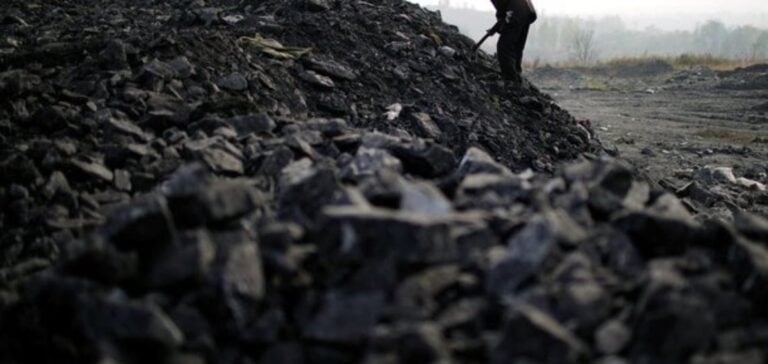Demand for coal in the European Union (EU) is undergoing a major transformation, according to recent forecasts by the International Energy Agency (IEA).
By 2025, coal consumption is set to fall by 19%, to 287 million tonnes. This reduction is mainly due to the growing adoption of renewable energies and the improved performance of nuclear power plants in the EU.
Reduction factors
The EU is firmly committed to the energy transition, gradually reducing its dependence on coal.
This strategy is reinforced by strict environmental policies and investment in green infrastructure.
In addition, low industrial activity and stagnating electricity demand are also contributing to this decline.
According to the Polish Ministry of Climate and Environment, thermal coal consumption by the Polish energy sector fell by 12.2% from January to May 2024, reaching 11.59 million tonnes.
This decline illustrates the general trend towards reduced coal use in the region.
Impact on imports and production
Despite efforts to phase out coal, Poland and Germany remain the main consumers in Europe.
Nevertheless, imports of thermal coal fell considerably in the first half of 2024, with 1.2 million tonnes for Poland and 1 million tonnes for Germany, compared with 4 million and 2.2 million tonnes respectively for the same period in 2023. This downward trend is set to continue in 2025, with coal demand in the region forecast to fall by 9 million tonnes.
Meanwhile, monthly coal imports into the EU and the UK are at their lowest since the turn of the century, while Turkey has overtaken Germany as the main importer of coal outside the Asia-Pacific region.
Price stability and forecasts
After a period of volatility, prices for thermal coal delivered in Europe have stabilized.
The average price of CIF ARA 6,000 kcal/kg NAR coal was $108.80/tonne in H1 2024, down from $134.15/tonne in H1 2023, according to S&P Global Commodity Insights data.
However, the market remains sensitive to fluctuations, not least due to the close correlation between coal and gas markets in Europe, and the influence of third parties not involved in the physical market.
The European Union is moving resolutely towards a cleaner energy future, marked by a significant reduction in demand for coal.
This transition, supported by environmental policies and improved renewable and nuclear energy performance, will have a significant impact on global energy markets.
Industry professionals must remain vigilant to potential volatility factors, even if current trends point to a stabilization of prices.






















